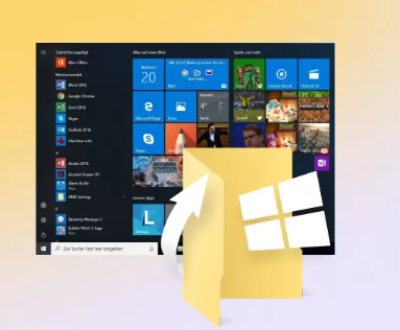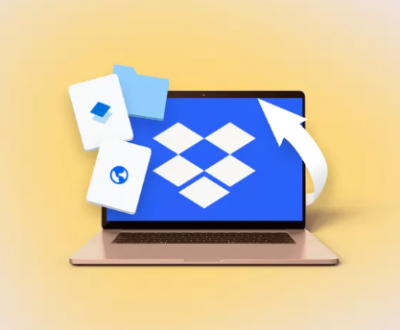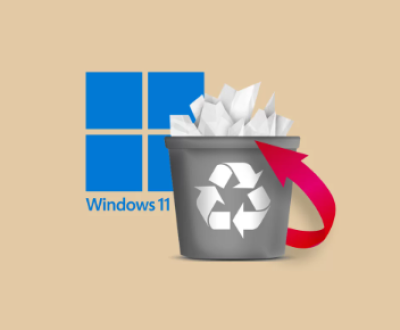Recovering deleted files from a network drive can be a complex process, especially if the files are critical for your operations.
Network Drives
Before diving into recovery methods, it’s important to understand what a network drive is. A network drive allows multiple users to access shared data over a network. These drives can be part of a file server, cloud storage, or NAS (Network Attached Storage) devices. When files are deleted from a network drive, they may not go to a traditional recycle bin, making recovery less straightforward.
Initial Considerations
Stop Using the Drive: Once you realize files are missing, avoid using the network drive immediately. Continued use can overwrite the data blocks where your deleted files reside, significantly reducing the chances of recovery.
Identify File Backup Solutions: Check if your organization has implemented any backup solutions. Regular backups are the most effective way to recover lost data.
Understand Permissions and Access: Ensure you have the necessary permissions to perform recovery actions on the network drive. Restricted access might limit your ability to recover files.

Recovery Methods
1. Check the Recycle Bin
Some network drives, particularly those managed through Windows Server, may have a recycle bin feature enabled. Here’s how to check:
Navigate to the shared folder on the network drive.
Look for a folder named “Recycle Bin” or “Deleted Items.”
If you find your deleted files, simply restore them.
2. Previous Versions Feature
Windows has a built-in feature that allows you to restore previous versions of files and folders, which is particularly useful for network drives.
Right-click on the folder where the file was located.
Select “Restore previous versions.”
A list of available versions will appear. Choose a version that predates the deletion.
Click “Restore” to recover the file.
3. Shadow Copies
If your network drive uses Windows Server, it may have Shadow Copies enabled. This feature automatically creates snapshots of files at scheduled intervals.
Right-click on the folder in question.
Select “Restore previous versions.”
Look for snapshots that were created before the file was deleted.
Restore the version that contains the deleted file.
4. File Recovery Software
If built-in methods fail, consider using file recovery software. There are numerous third-party options available, some of which are specifically designed for network drives. Here’s how to use such software:
Choose the Right Software: Select a reputable recovery tool. Popular options include Recuva, EaseUS Data Recovery Wizard, and Stellar Data Recovery.
Install the Software: Install the recovery software on a separate device (not directly on the network drive) to prevent overwriting any data.
Connect to the Network Drive: Launch the software and connect it to the network drive.
Scan for Deleted Files: Follow the software prompts to perform a deep scan of the network drive. This process may take some time, depending on the size of the drive and the amount of data.
Preview and Recover: Once the scan is complete, preview the recoverable files. Select the files you wish to recover and choose a destination folder on a different drive to save them.
5. Consult IT or Data Recovery Professionals
If the data is particularly valuable or the above methods do not yield results, consider consulting your IT department or a professional data recovery service. These experts have specialized tools and techniques that can recover data from complex network systems.
Best Practices for Data Management
To prevent future data loss, consider implementing the following best practices:
Regular Backups: Establish a routine backup schedule for your network drives. Use both on-site and off-site solutions to ensure data redundancy.
User Training: Train users on the proper handling of files and the importance of data management. Awareness can significantly reduce accidental deletions.
Version Control Systems: Implement version control systems for critical files. These systems automatically save previous versions, making recovery easier.
Access Controls: Limit permissions based on user roles to reduce the likelihood of accidental deletions.
Use File Synchronization Tools: Implement file synchronization solutions that automatically back up data to a secure location whenever changes are made.
About us and this blog
Panda Assistant is built on the latest data recovery algorithms, ensuring that no file is too damaged, too lost, or too corrupted to be recovered.
Request a free quote
We believe that data recovery shouldn’t be a daunting task. That’s why we’ve designed Panda Assistant to be as easy to use as it is powerful. With a few clicks, you can initiate a scan, preview recoverable files, and restore your data all within a matter of minutes.

 Try lt Free
Try lt Free Recovery success rate of up to
Recovery success rate of up to









